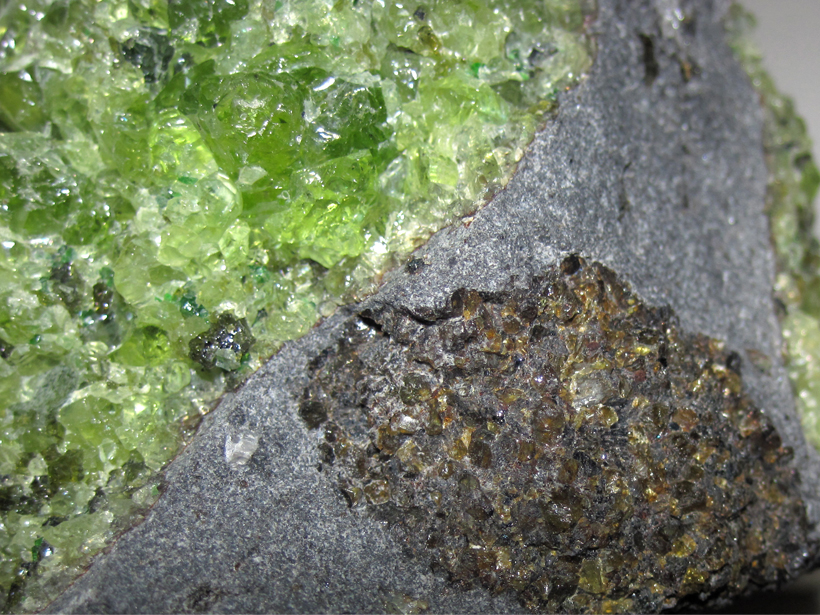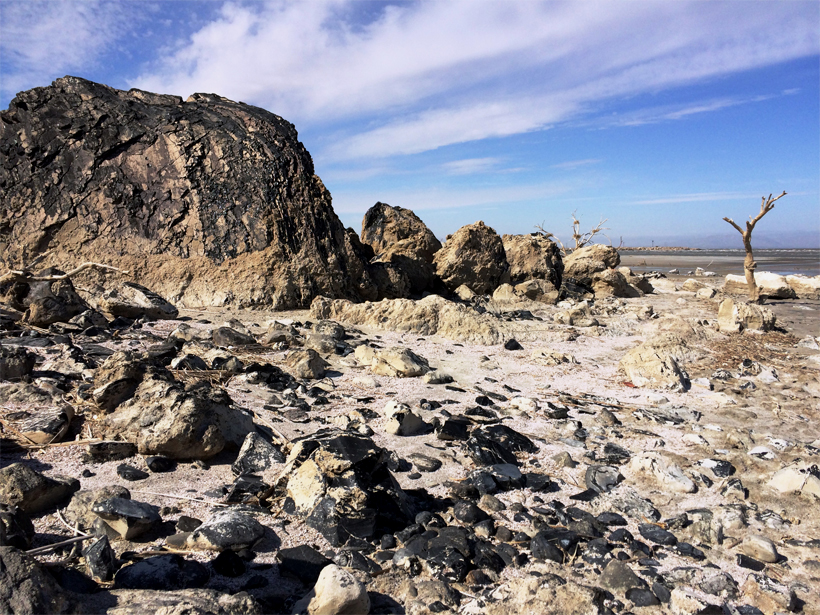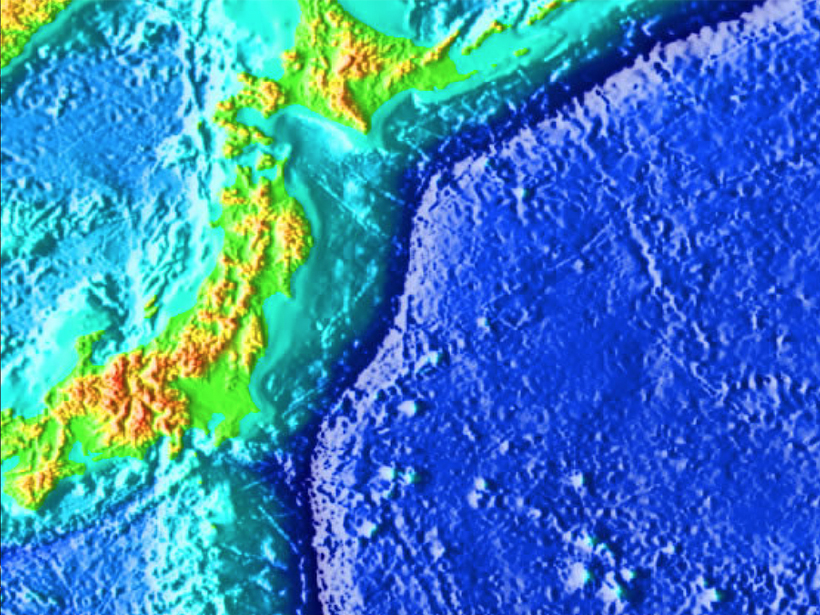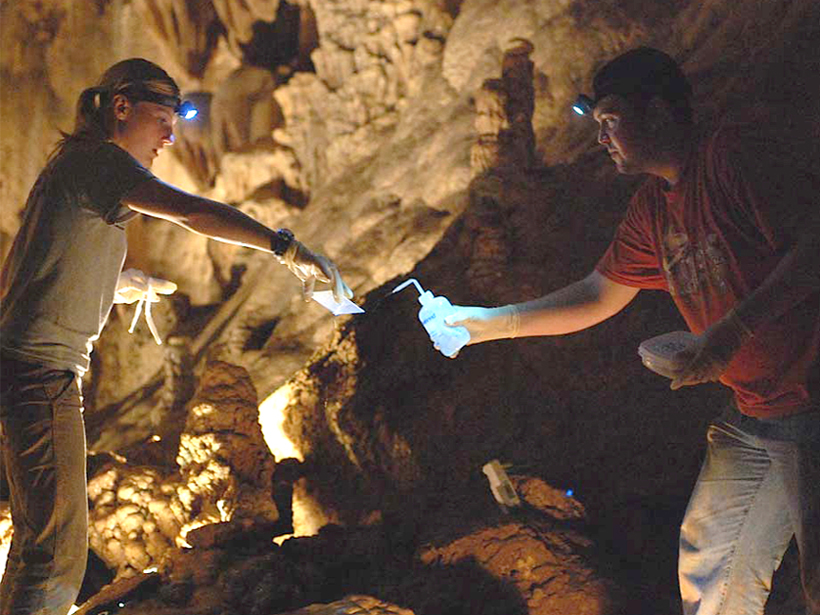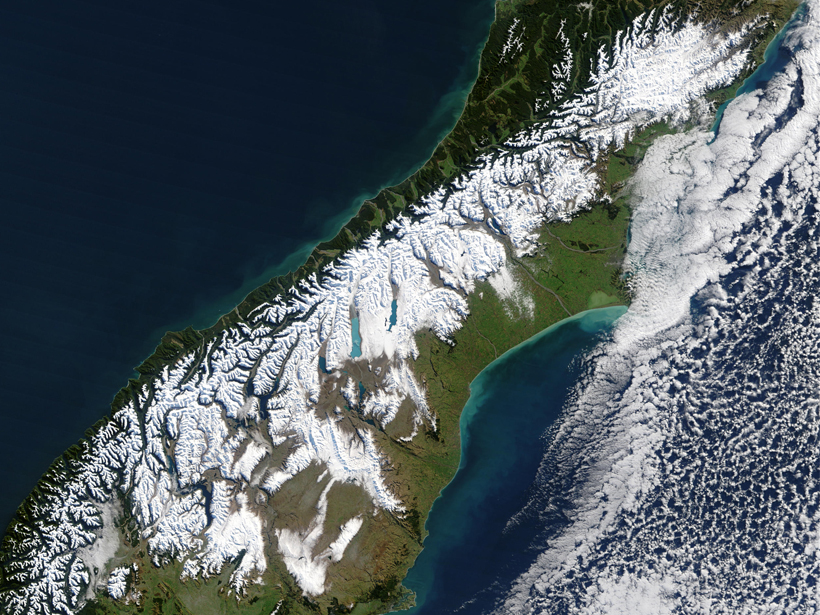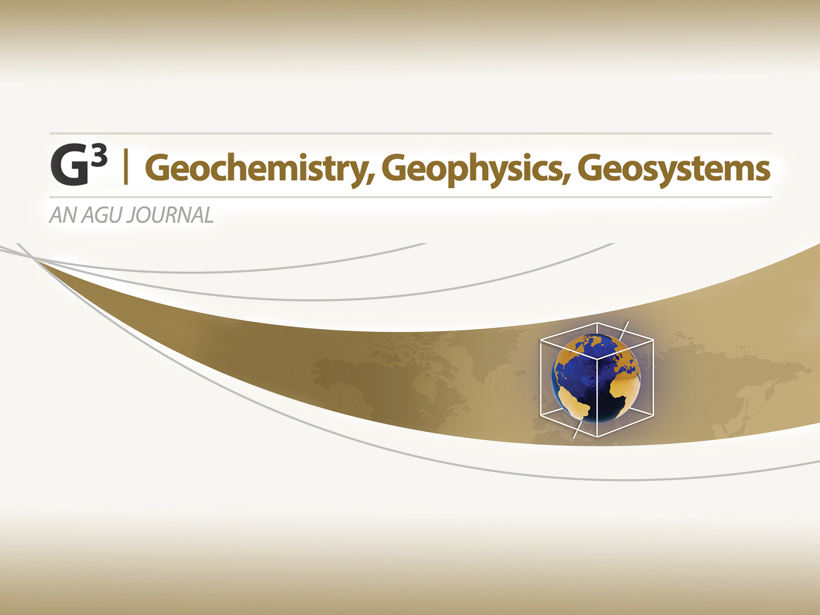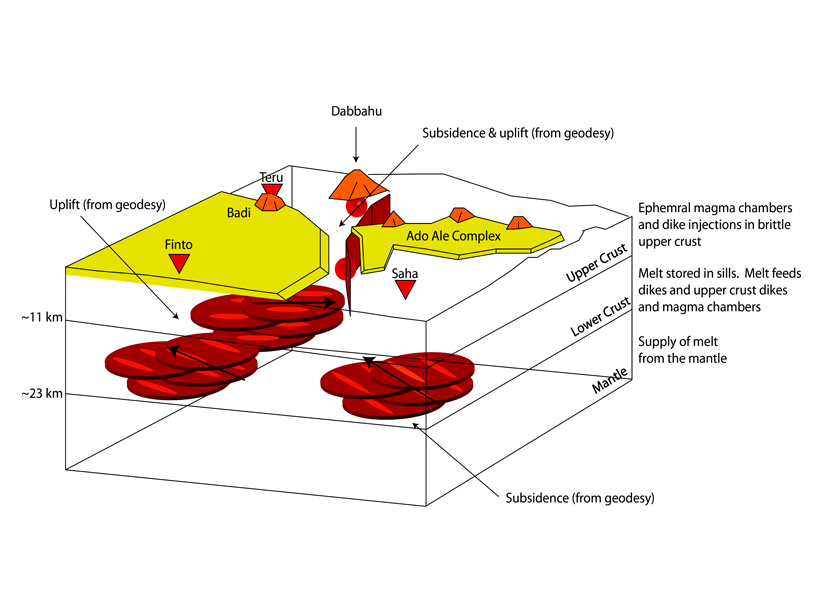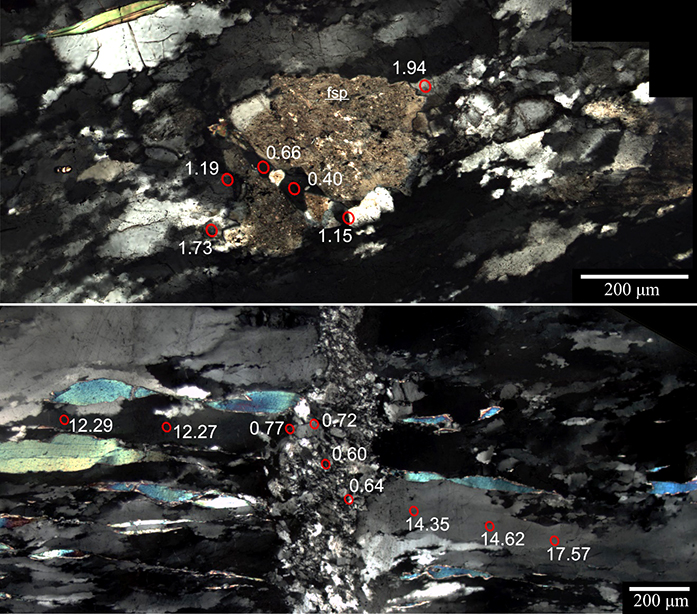Study reveals structures along the Alaskan convergent margin capable of generating a powerful tsunami directed toward the United States's West Coast.
Geochemistry, Geophysics, Geosystems
Deep-Sea Microbes Can Leave Records of the Past
Researchers use carbon signatures within sea sediments to identify microbial activity and also to date earthquakes.
P Wave Amplitude Decay Offers a Glimpse of Earth's Structure
Scientists look at deep earthquake signals to map how seismic waves lose energy in the upper mantle across the United States.
Dating Lava Domes in California's Salton Trough
Scientists use a trio of techniques to resolve the age and duration of rhyolite volcanism of the Salton Buttes.
Bending Plate Provides Unexpected Heat Source
Scientists discover the causes for heat flow anomalies near the Japan Trench.
Cave "Breathing" Affects Mineral Growth and Climate Clues
A new global model suggests how and where air flow in caves affects the growth of cave mineral deposits that scientists use to reconstruct ancient climates.
Probing for Earthquakes' Origins
To better understand how earthquakes nucleate, scientists spy on the Alpine Fault in New Zealand.
G-Cubed: Building on 15 Years of Publishing Process–Level Science
The new G–Cubed editorial team welcomes submissions of articles, suggestions for new themes, and other feedback.
A Modified Technique to Remotely Detect Subsurface Melt
Adapting a much-used analytical method to consider anisotropy opens up the approach to new uses.
Trace Element Holds the Key to Deformation of Continents
Studies of titanium in quartz grains could help scientists gain a better understanding of our planet's shifting surface.

